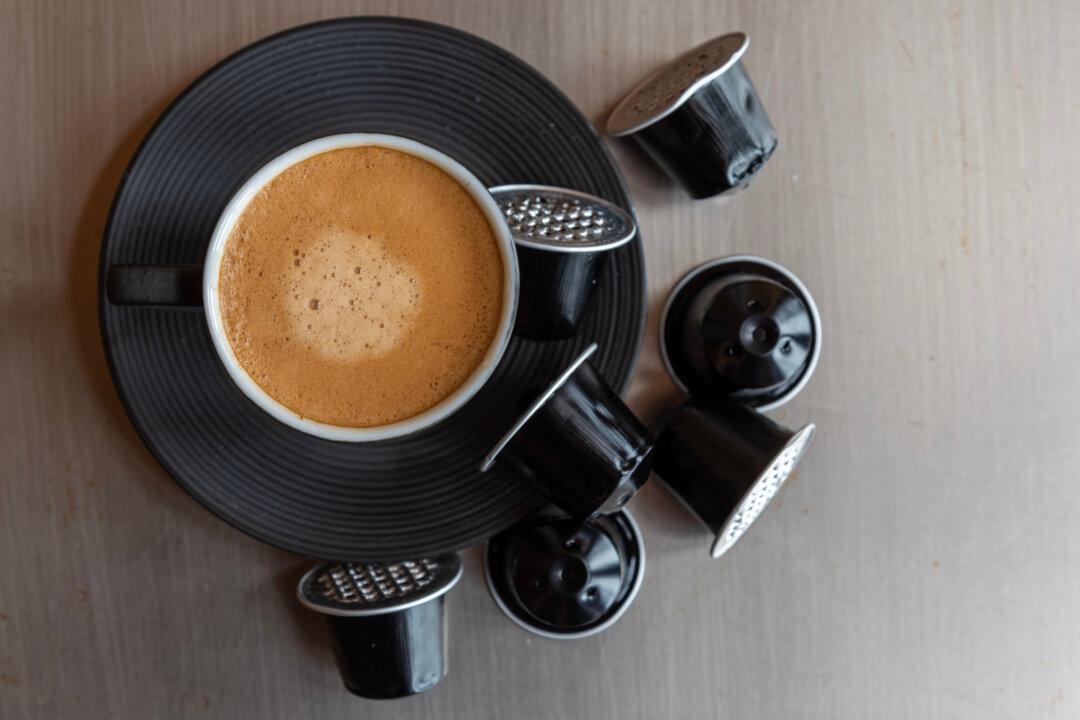What busy person doesn’t love the idea of having a personal cup of coffee instantly with the push of a button. Many people are delighted when the Keurig machines show up in the workplace or doctor’s waiting room. I loved the idea. I bought one from Costco along with the handy unit to store those awkward K Cups. I, of course, insisted on the Newman’s Organic K Cups for my coffee choice.
We stocked our hot beverage center with a variety of flavored K Cups.
Then That Little Voice in My Head Started Asking Questions
I pushed those concerns away for the sake of convenience (after all, filling my own coffee filter with fresh ground coffee takes all of what ... two minutes? I’m a busy person, just like you!).I wondered:
- How fresh is the coffee in a K Cup?
- What toxins am I exposing myself to as the hot water forces the coffee through the little holes poked in the plastic cup?
- What is that lid made of that is poked at the top to allow the water to enter the cup?
- What chemicals are used in the flavored coffee selections?
- Is there a filter inside the plastic cup? What is it made of and how is it secured inside the plastic cup?




